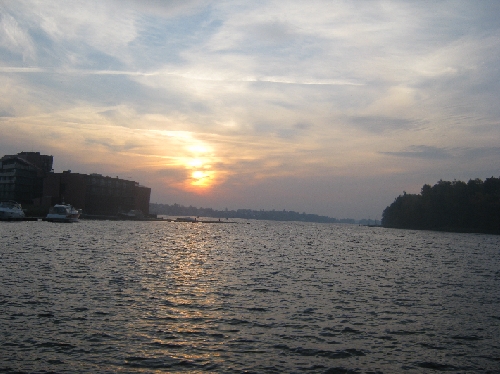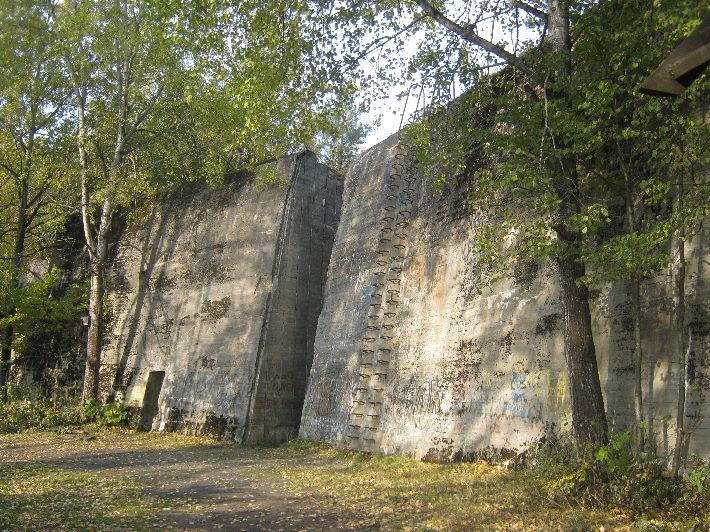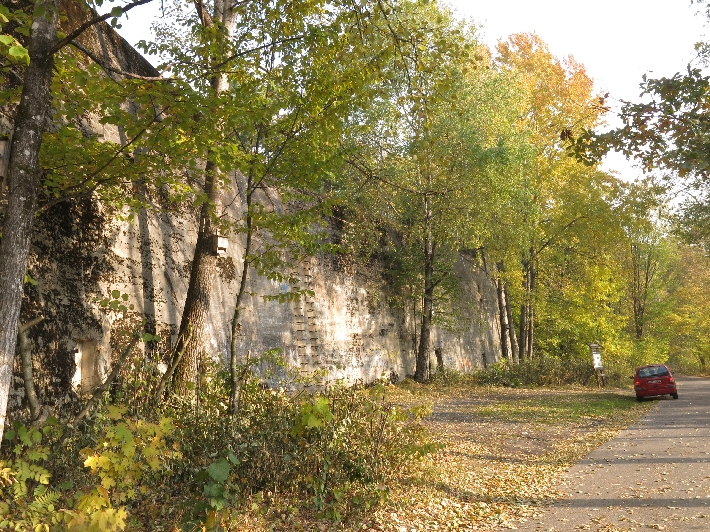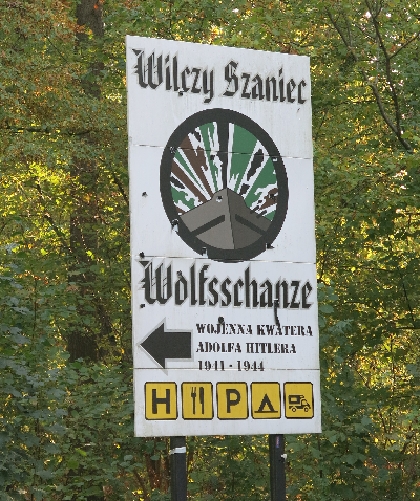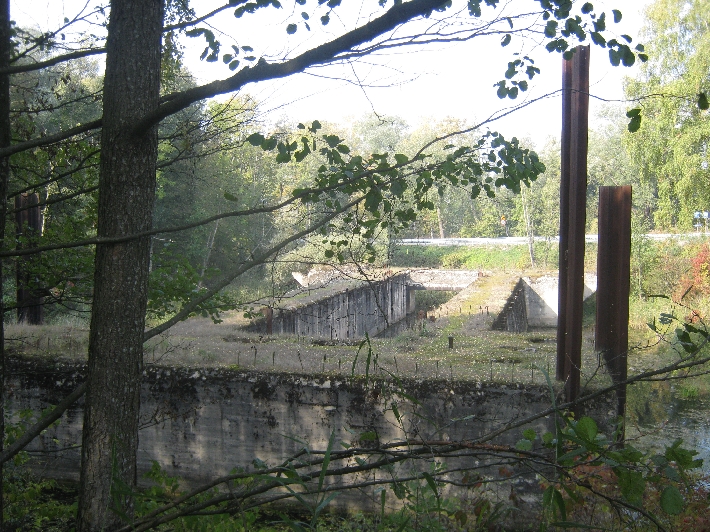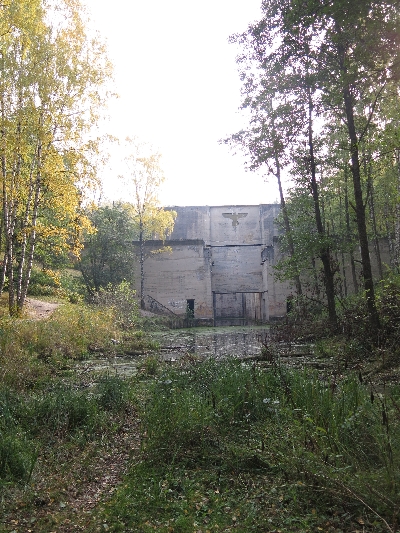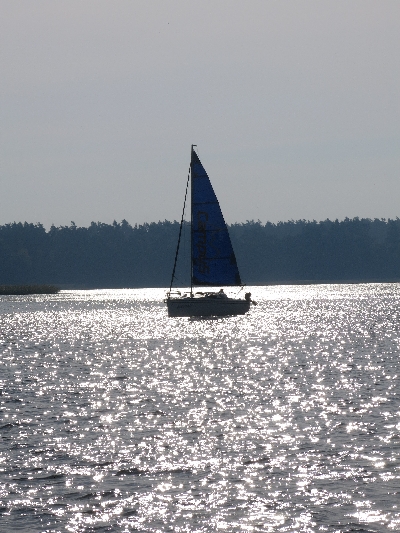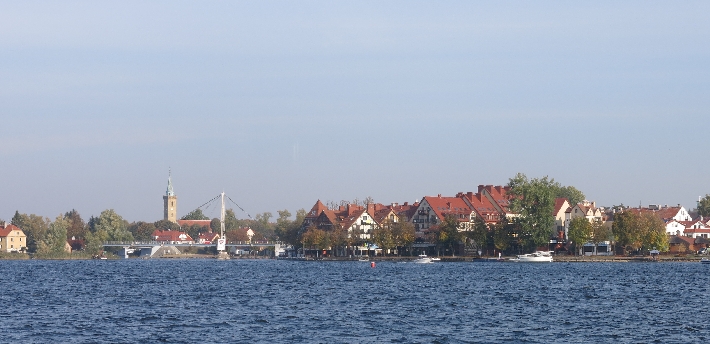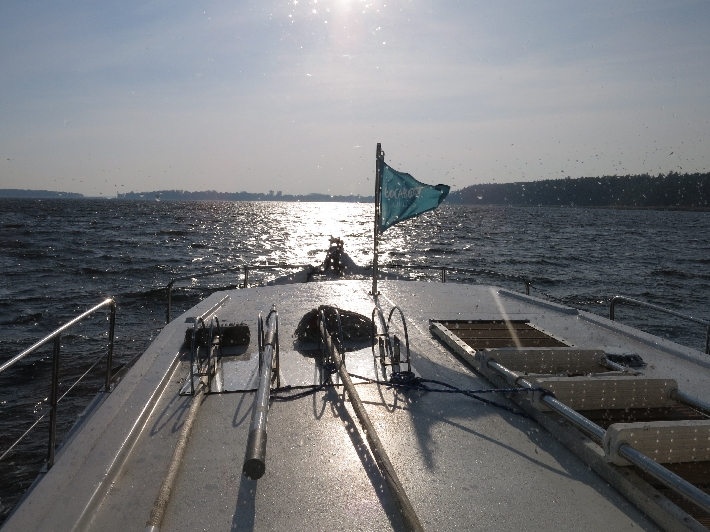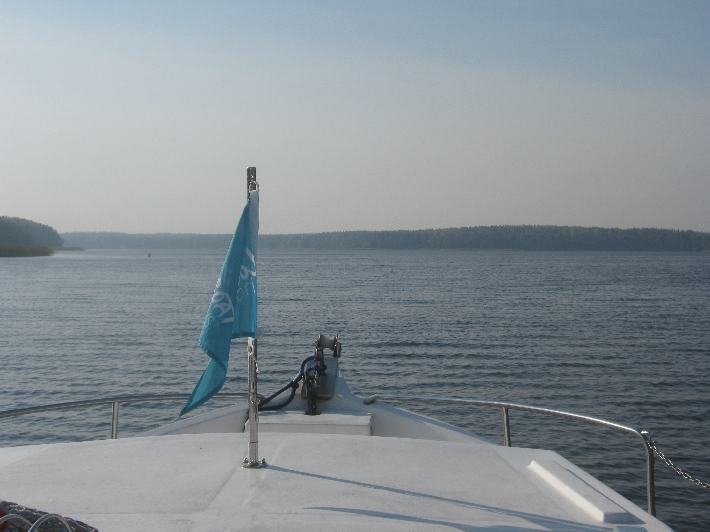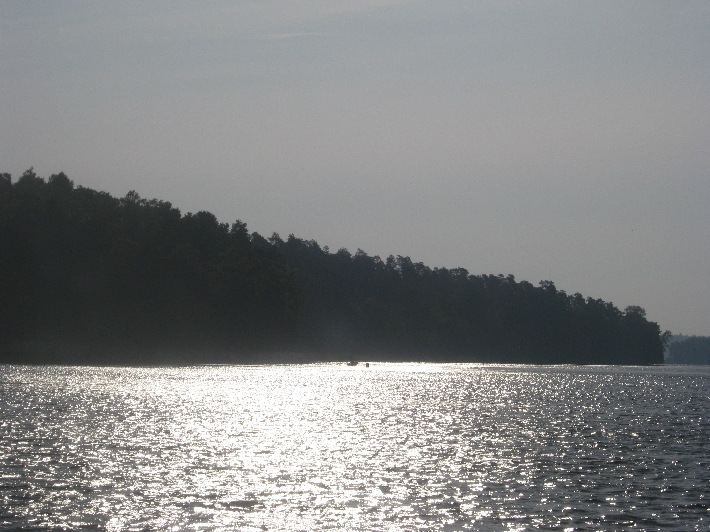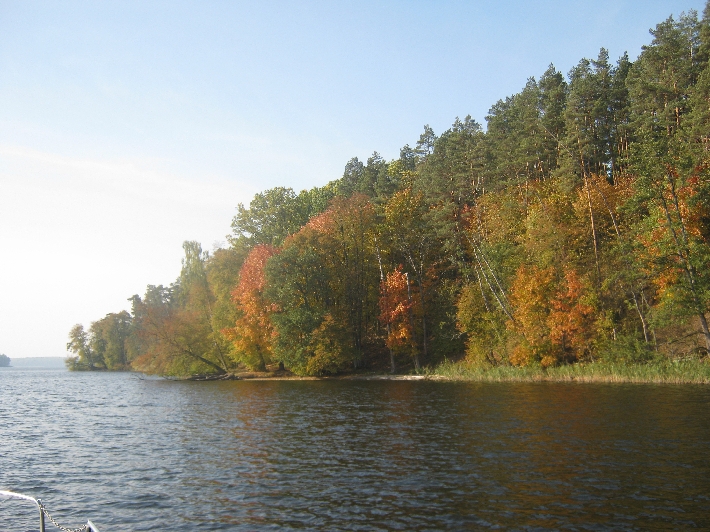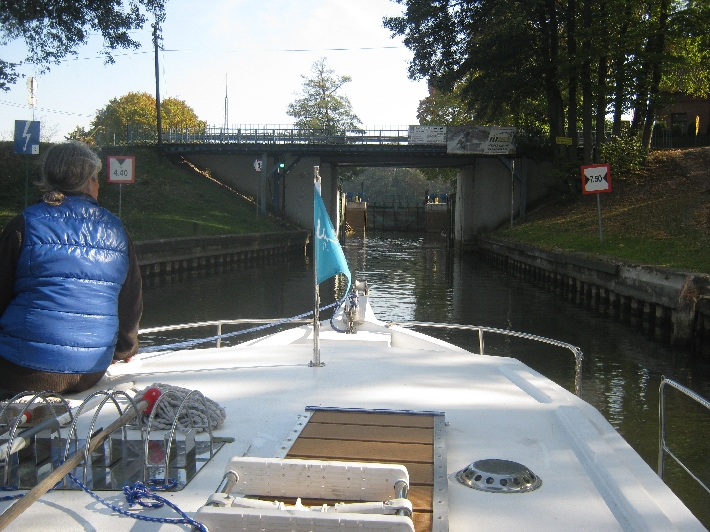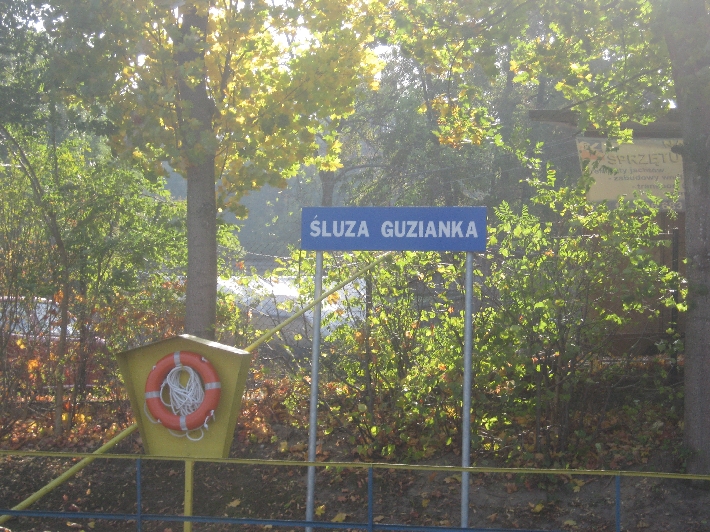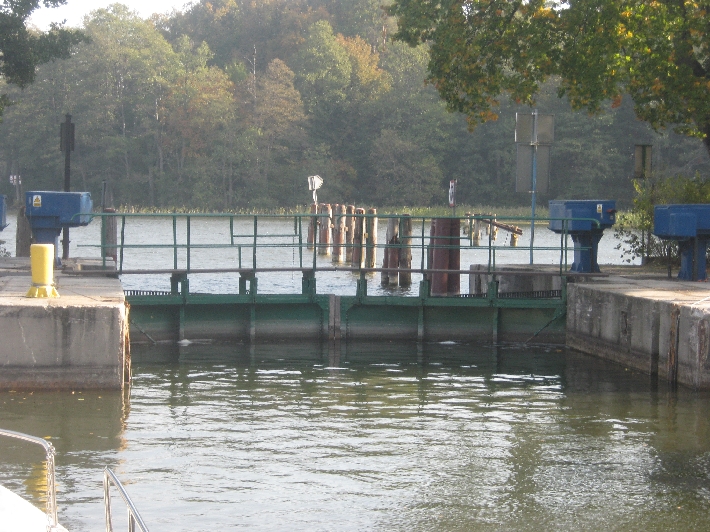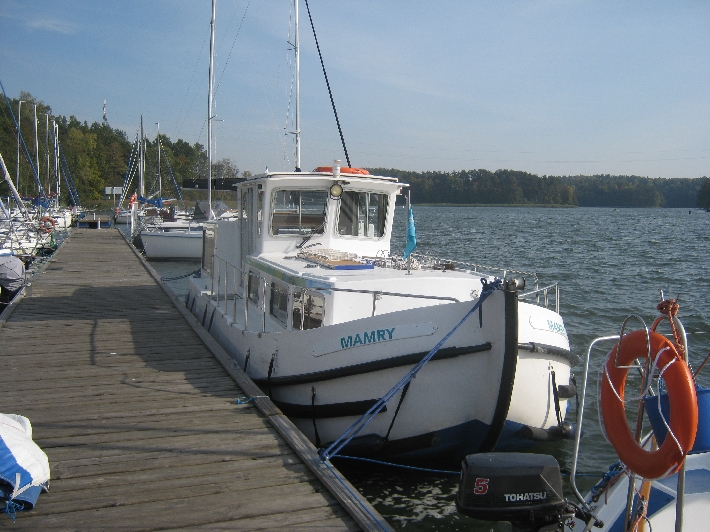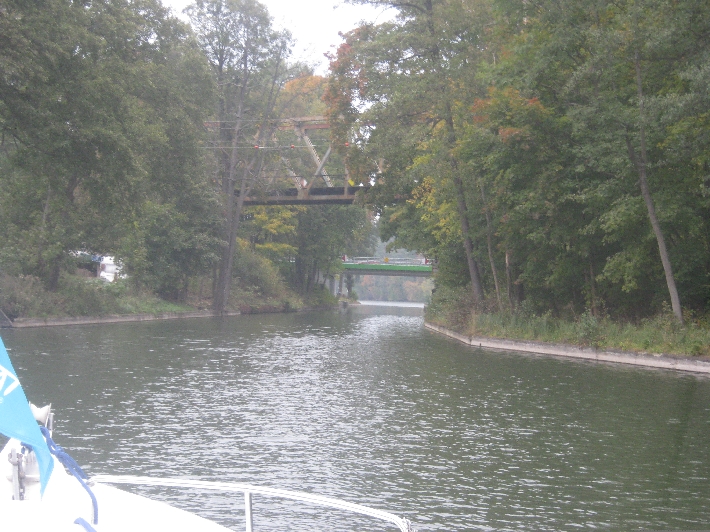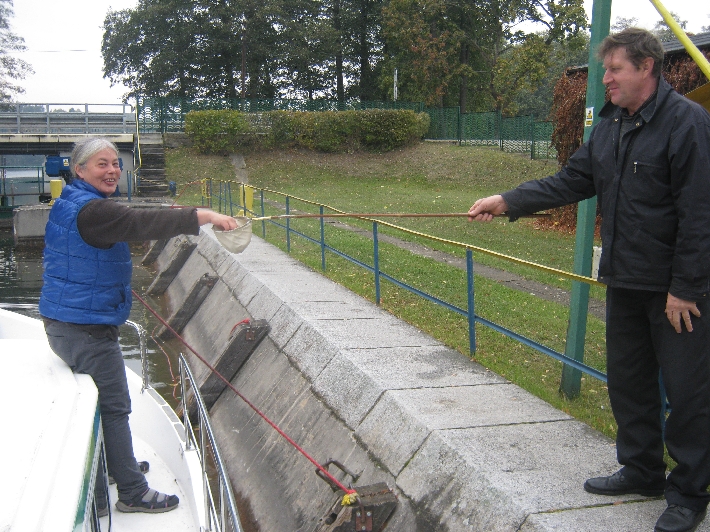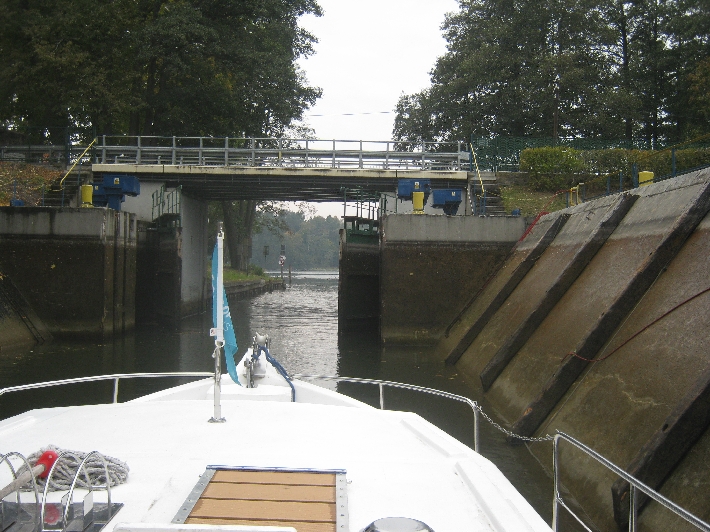
On the morning of Saturday 17th October, after our visit to the ‘Wolf’s Lair’ and the remains of the incomplete Masurian Canal, we then set out to drive westwards to continue our Polish adventure. Over the next few hours, using our recently purchased Polish road atlas, Sybille very successfully navigated us along a series of secondary roads, all the way to the Baltic Sea coast at Frombork.
The journey took us through a variety of small towns and villages, interspersed with areas of both agricultural land and forests. Some road surfaces were excellent, whilst others did leave something to be desired 🙂 No doubt helped by it being the weekend, traffic was fortunately quite light.
After about three hours of driving, we reached the slightly larger town of Braniewo, where we were only six kilometres from the border with the Russian enclave of Kaliningrad. Unless I do get to visit St. Petersburg, (which is on my ‘bucket list’), this may well be the closest that I will ever get to Russia! On the outskirts of Braniewo, we were held up for at least ten minutes at a railway level crossing, by a Russian freight train being manoeuvred onto the correct tracks for its onward journey to Kaliningrad.

After that, it was only a short onward journey to Frombork, where for the first time in my life, I saw the Baltic Sea. In many ways, I would liked to have spent more time in Frombork. But as we walked around the small harbour, spots of rain began to fall, so we decided to drive on to Malbork where Sybille had pre-booked us overnight accommodation.
As we drove, the weather deteriorated with the rain becoming much heavier, together with the daylight rapidly fading. When we reached Malbork, despite the darkness and the bad weather, we fortunately found our accommodation without too much difficulty. But the promised panoramic view of Malbork Castle, directly across the Nogat river from where we staying, was almost impossible to see, because of the mist and rain 🙁

After an enjoyable meal in a nearby restaurant, Sybille suggested that the rain had eased somewhat and that we should therefore go for a walk to see the castle. This atmospheric photograph is the only record we have of that evening. My memory is that of wearing the wrong shoes and ending up with two very wet feet!

The next morning, the rain had finally stopped but, as you can see in the photographs that follow, it was still quite misty. This photograph above shows was the castle looked like in 1945, badly damaged during the Second World War. Restoration work continues, but it is now back near to how it looked when built by the Teutonic Knights in the 13th and 14th centuries.





